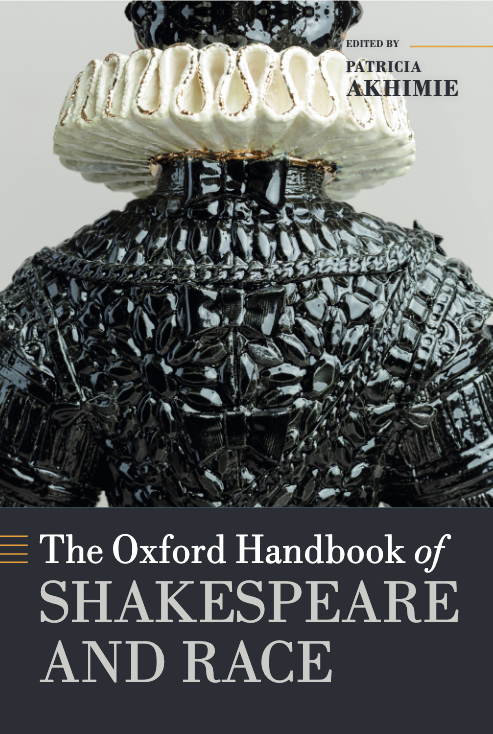Trans Studies at the Crossroad: From Racialized Invisibility to Gendered Legibility
The Oxford Handbook of Shakespeare and Race, ed. Patricia Akhimie (Oxford University Press, 2024), pp. 195-211.
Premodern critical race studies have broadened our understanding of the discourse of race and gender.
This chapter argues that race and gender are social practices that evolve over time, in each other’s presence, and in inter-connected social spaces. Race and trans studies are fields of study borne out of necessity, the necessity to understand the world, and the necessity for all to live a liveable life.
This chapter brings critical race theory and trans studies together to examine racial and gendered otherness through case studies of performances of Shakespeare’s plays. Providing critical tools to understand atypical bodies, trans studies solidifies critical race studies’ support of minority life experiences. Critical race methods, with their attention to the social production of hierarchies, can also help trans studies address its often-unacknowledged whiteness.
To correct the early modern studies’ tendency to privilege narrative texts, this chapter uses global and performance studies methods—as critical tools that are designed to capture transformative cultural practices—to highlight embodied significations of transness.
The chapter concludes with a reflection on pedagogical implications of multidisciplinarity. Providing critical tools to understand atypical bodies, trans studies solidifies critical race studies’ support of minority life experiences.
